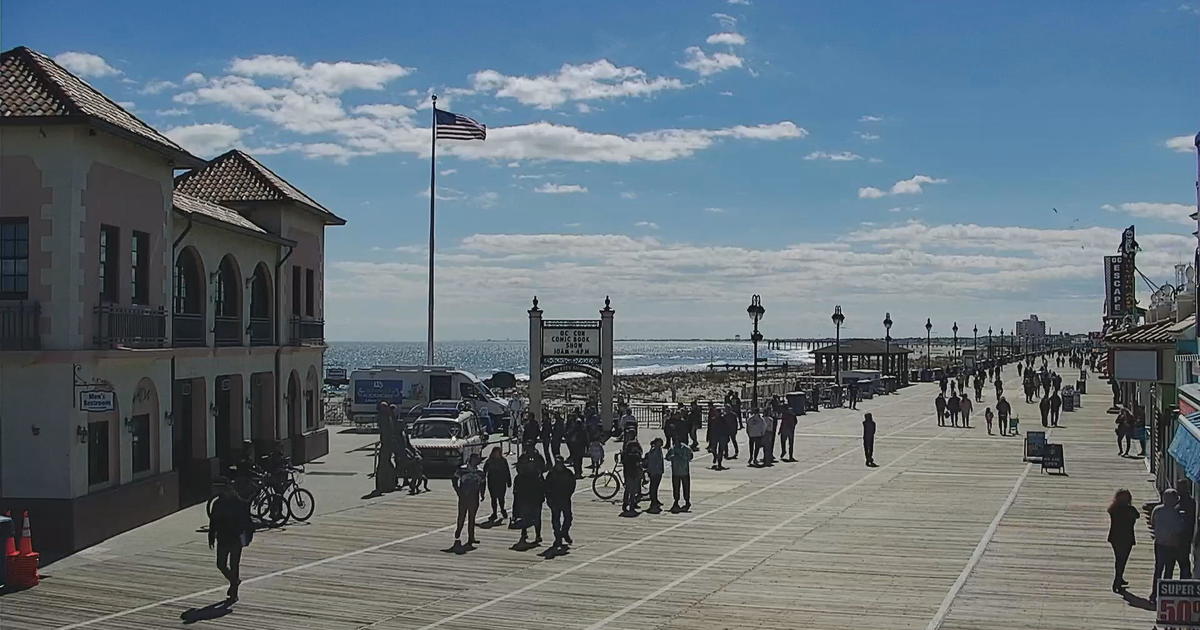A Successful, Non-Surgical Procedure for A-Fib Patients
Stopping blood clots where they start – that's how the Watchman works.
The majority of clots form in a pouch on the heart called the left atrial appendage. Atrial fibrillation in the upper chamber of the heart, the atrium, causes it to quiver instead of pump. So the left atrial appendage fills with blood that it can't squeeze out, and blood clots can form there. The problem is, they don't always stay there.
"Atrial fibrillation is not a life-threatening condition by itself," notes Dr. Daniel Ice, Attending Interventional Cardiologist at Deborah Heart and Lung Center in Burlington County, "but it can increase a person's stroke risk by three to five times."
At Deborah, Dr. Ice uses the Watchman to lower that risk non-surgically. The Watchman is threaded through a catheter in the groin area, then opens up like a tiny umbrella to seal off the left atrial appendage and prevent those clots from entering the bloodstream, where they can travel to the brain and cause strokes.
The procedure may not be for everyone with an irregular heartbeat, but for those who can't tolerate the blood-thinners that are prescribed to prevent clots from forming, the Watchman is an effective alternative. Side effects from the medications can range from excessive bruising to internal bleeding. Deborah has been implanting the Watchman for two years, and in all cases but one, the patients not only drastically reduced their risk for stroke but were also able to get off the anticoagulant meds that they otherwise would have taken for the rest of their lives.
Rasa Kaye talks with Dr. Ice about atrial fibrillation and the patient experience with groundbreaking implantable cardiac technologies at Deborah.
Sponsored Content Provided by Deborah Heart & Lung Center




